What is reproduction?
Reproduction means to have babies or offspring. Just like animals, plants need to be able to reproduce. The offspring of plants are called seeds or bulbs.
Watch: Reproduction in flowering plants
Watch this clip to learn how flowering plants reproduce.
Unlike animals, plants don’t need a male and a female because their flowers have both male parts and female parts.
Pollen in plants is like sperm in animals. It comes from the male part of the flower. Plants have eggs just like animals and these come from the female part of the flower.
How do plants reproduce?
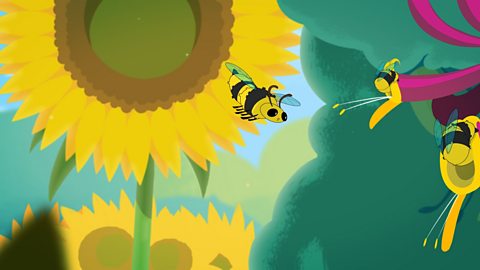
These are the steps in reproduction in flowering plants:
- Pollen is moved from one flower to another by the wind or by insects like bees. This is pollination.
- When pollen reaches the new flower, it travels to the ovary where it joins with egg cells (ovules) to make seeds. This is fertilisation – just like in animals.
- The seeds are scattered by animals or the wind. This process is called dispersal.
- Some of the seeds will germinate and grow into new plants.

Watch: Pollination and how it works
Understanding how pollination works.
Asexual reproduction
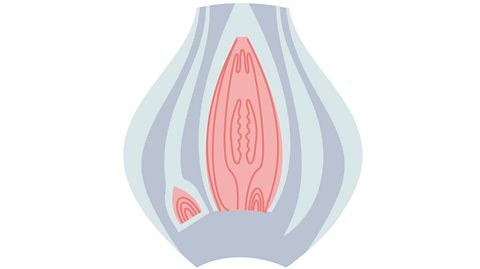
Some plants can also reproduce without an egg cell being fertilised to produce a seed. Instead, these plants produce an identical copy of themselves. This type of reproduction is known as asexual reproduction.
Plants can reproduce asexually in a number of different ways. Some plants produce bulbs, like daffodils and snowdrops. Others, like potatoes, produce tubers. These sit under the soil and develop into new plants the next year.

Activity 1: Tap and find
Activity 2: Quiz
Activity 3: Steps of flowering reproduction
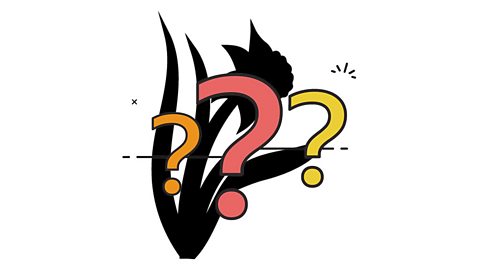
More on Plants
Find out more by working through a topic
- count6 of 6
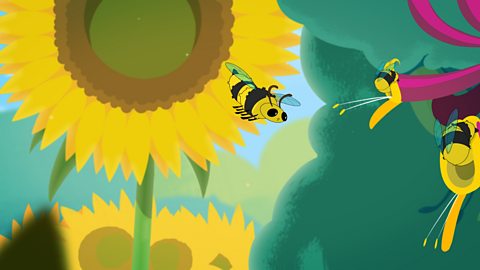
- count1 of 6
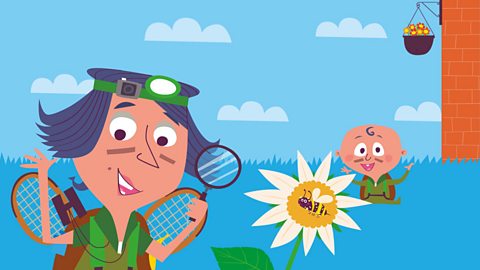
- count2 of 6

- count3 of 6
